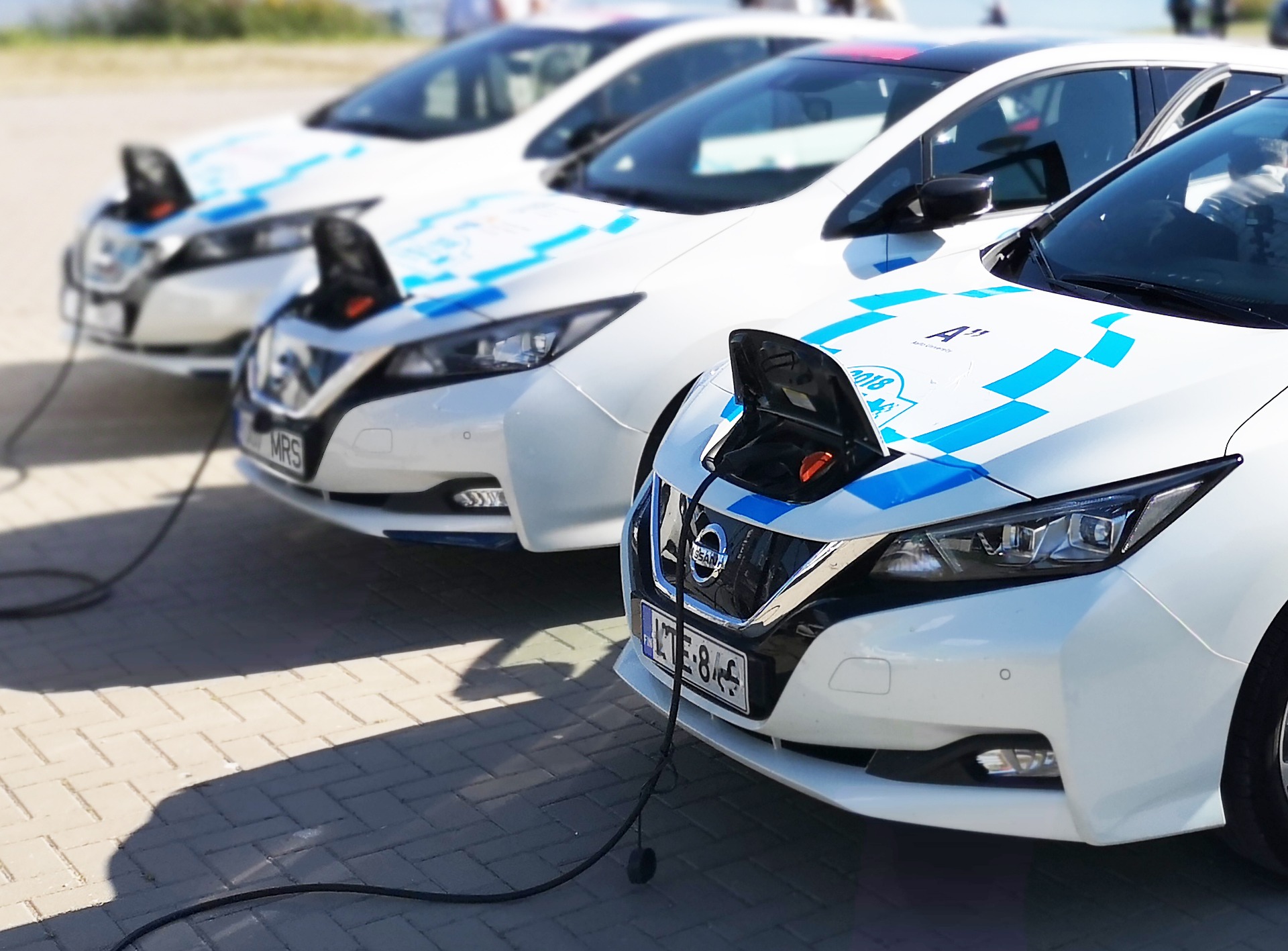Electric vehicles (EVs) are becoming increasingly popular as the world shifts towards cleaner, more sustainable transportation options. However, one of the biggest concerns for EV owners is finding a reliable and accessible EV charging station. In this article, we will cover everything you need to know about EV charging stations, including the types of chargers, charging times, and the latest advancements in EV charging technology.
Types of EV Chargers
There are three main types of EV chargers: Level 1, Level 2, and DC fast chargers.
Level 1 chargers are the most basic and use a standard 120-volt outlet to charge the vehicle. These chargers provide a slow charging rate, typically adding around 4-5 miles of range per hour of charging. Level 1 chargers are best suited for overnight charging at home.
Level 2 chargers use a 240-volt power source and can provide charging rates of up to 25 miles of range per hour of charging. These chargers are commonly found in public areas like shopping centers, parking lots, and workplaces. Level 2 chargers are recommended for daily charging and can fully charge an EV in about 4-6 hours.
DC fast chargers are the fastest type of EV charger and can provide up to 80% charge in as little as 30 minutes. These chargers use a direct current (DC) power source and are best suited for long-distance travel, as they can quickly top up the vehicle’s battery. However, DC fast chargers are less common and are typically found along major highways and in larger cities.
Charging Times
The charging time for an EV depends on several factors, including the battery size, charging rate, and the state of the battery. The charging time for a Level 1 charger can range from 8-12 hours, while a Level 2 charger can fully charge an EV in 4-6 hours. DC fast chargers provide the fastest charging times, typically charging an EV to 80% in 30-45 minutes.
Advancements in EV Charging Technology
The latest advancements in EV charging technology include wireless charging and ultra-fast charging.
Wireless charging uses magnetic fields to transfer energy from the charger to the vehicle without the need for physical cables. This technology is still in its early stages and is currently being tested in limited areas. Wireless charging has the potential to revolutionize the EV charging experience, as it would eliminate the need for cables and make charging more convenient.
Ultra-fast charging uses high-powered chargers to provide charging rates of up to 350 kW. This technology is being developed by companies like Tesla and Porsche and has the potential to significantly reduce charging times. However, ultra-fast charging requires specialized infrastructure and is not yet widely available.
Conclusion
As the popularity of EVs continues to grow, the availability of reliable and accessible charging stations is becoming increasingly important. Knowing the types of chargers, charging times, and the latest advancements in EV charging technology can help EV owners make informed decisions about their charging needs. With the continued development of EV charging infrastructure, it is becoming easier than ever to make the switch to electric transportation.
